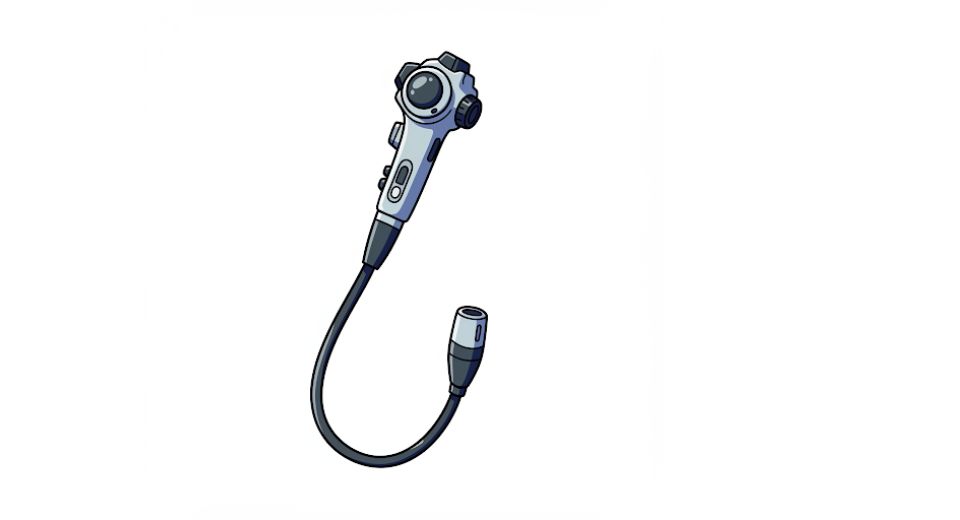
Apr 21, 2025

The Global Disposable Endoscopes market is exhibiting changes in dynamics attracting more attention toward research for safer and cleaner medical procedures, as presented in the extensive research publication by Metastat Insight. This particular category of endoscopic instruments has witnessed increased attention among multiple geographic regions due to the fact that hospitals and surgical centers all over the world are looking for more hygienic alternatives to reusable tools. Increased medical procedures across the globe in areas such as urology, pulmonology, and gastroenterology compel health-service providers to consider options that will help reduce infection rates without diluting performance. There is a rising concern on sterilization methods, equipment reuse, and standards of safety towards the patient, which is increasingly getting reflected in disposable options being integrated into these procedures.
Global Disposable Endoscopes market is estimated to reach $2,721.5 million in 2025 with a CAGR of 24.2% from 2025 to 2032.
There is simply no denying the shift in clinical expectations. The concept of single-use instruments providing equivalent accuracy as their reusable counterparts while side-stepping concerns of cross-contamination was once definitely contested. However, these days, many hospitals—especially those in technologically advanced nations—are positioning single-use endoscopes along a more permanent path than a temporary one. Healthcare institutions have shifted to such a model not only for perceived safety but for its logistical and economic advantages. The advantages of skipping the disinfection machines run at high temperatures and training staff for sterilization add to operating efficiency in hospitals. Over time, this can be turned into an unexpectedly slick way of workflow.
Besides, these devices are already distributed beyond premium healthcare facilities in developed nations. Fast-growing healthcare infrastructure in emerging economies is starting to concede the valuable input from disposable endoscopy systems. The useful in-the-field usability of these devices is becoming their greatest source of potential in remote or resource-limited settings where formal sterilization setups might not exist for cleaning equipment. A clean, ready-to-use scope becomes a pragmatic option for clinicians working in such areas concerned with infection control and conservation of resources.
The topic of medical waste often blurs the intent behind disposable products. Environmentalists warn of their ecological liabilities, especially with high adoption rates in large caseload procedures. Novel biodegradable materials and recyclable packaging choices, however, are starting to affect the design and manufacture of these products. Some manufacturers actively reduce environmental impact using sustainable design principles, gradually changing the conversation within the industry.
Still, the most interesting issue is a progressively collaborative effort made between hospitals and manufacturers. Contrary to being merely buyers, some healthcare systems increasingly co-develop with manufacturers custom devices about specific clinical applications. Such close cooperation has led to more meaningful product development, making the devices more efficient and more comfortable for the medical professional and the patient. Disposable scopes do not deal with infectiousness only; they also deal with ergonomics and visibility, which manufacturers take seriously in their clinical feedback loops.
Technology embedded in a disposable endoscope is not the only factor to ensure successful outputs in an advanced medical facility. The role of proper training and adaptability among healthcare workers cannot be overlooked. This is to affirm that every tool is only as good as the hand that wields it. Training programs have indeed attended to those needs so that health care workers will shift from traditional equipment to using disposable tools without any hiccups. Familiarity with newer devices, an improved digital interface, and consistency in image quality factor into this seamless shift. Disposable options are even introduced to medical students in many teaching hospitals as standard practice, hence preparing a new generation of doctors to approach procedures from a fresh perspective.
Reliability of supply chains is also becoming fundamental elements. Containing access to sterilized reusable equipment during peak times, especially aggravated by global health crises, disposable options shipped in sterile packages were ready to work without further ado. With regard to this consistently available supply, there has been an increased push to integrate these products into the regular routine of hospitals. The Global Disposable Endoscopes market by Metastat Insight demonstrates an increase not only in the embrace of these devices but also the transforms in layers slowly but steadily occurring behind the curtains. From the operational efficiency to the infection control, from the environmental challenges to the collaborative product design, the space has well captured a nuance change in the way instruments are now viewed within modern healthcare. It is not a sudden change but rather one evolving gradually and carefully, shaped by real-world needs and adaptation. Unfortunately, for most hospitals and clinics, the evaluation continues when it comes to their future needs, and it is clear that this segment of medical technology will occupy a grander stage in routine healthcare delivery worldwide.
Drop us an email at:
Call us on:
+1 214 613 5758
+91 73850 57479